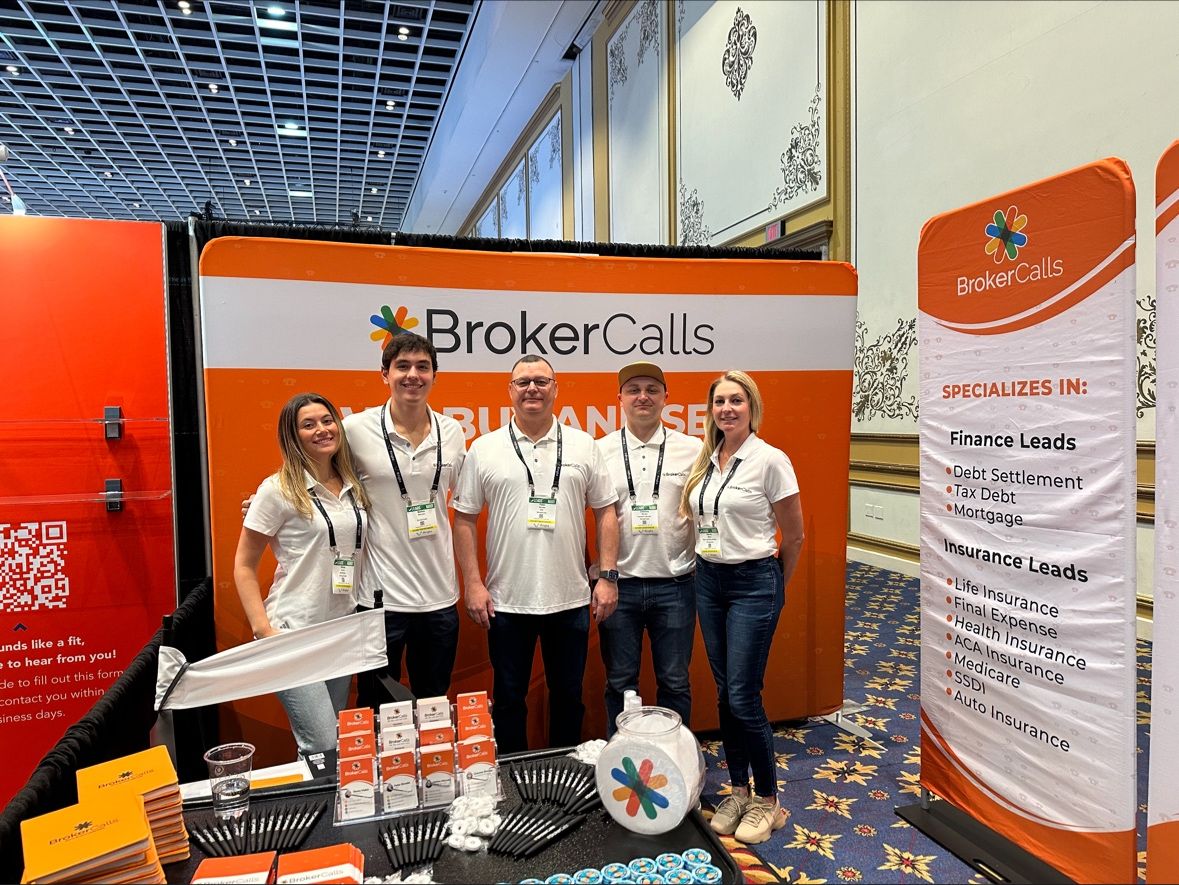
The Affordable Care Act (ACA) has transformed the healthcare landscape in the United States, making it easier for individuals and families to access quality healthcare coverage. As an insurance provider or healthcare professional, reaching your target audience effectively is crucial for generating ACA leads. In today’s digital age, social media platforms have become powerful tools for connecting with potential clients. This blog will explore various strategies to generate ACA leads by targeting different income groups on various social platforms.

Understanding Your Target Audience by Income
To generate ACA leads successfully, it’s essential to identify and understand your target audience based on their income levels. The ACA offers subsidies and tax credits to individuals and families with varying income levels, so tailoring your approach to specific income brackets can yield better results. Here are some income groups to consider:
- Low-Income Individuals and Families:
- Those below the federal poverty level (FPL) may qualify for Medicaid.
- Those just above the poverty level may qualify for Medicaid expansion or subsidized Marketplace plans.
- Middle-Income Individuals and Families:
- Individuals and families with incomes above Medicaid eligibility but still within ACA subsidy thresholds.
- High-Income Individuals and Families:
- Individuals and families who do not qualify for subsidies but may be interested in ACA-compliant plans.
Now, let’s delve into how to reach these different income groups effectively on social media platforms.
Leveraging the Power of Social Media
Social media platforms have evolved to offer highly targeted advertising options, making it easier to reach specific demographics, including income-based groups. Here are some strategies for each income group:
- Low-Income Individuals and Families:
- Facebook and Instagram: Create informative and engaging content on these platforms. Highlight the benefits of Medicaid or low-cost ACA plans. Use sponsored posts to target users with lower income levels and interests related to healthcare and public assistance programs.
- Twitter: Share real stories of individuals who have benefited from Medicaid or ACA subsidies. Use relevant hashtags and engage with organizations that support low-income individuals.
- Middle-Income Individuals and Families:
- LinkedIn: Utilize LinkedIn to reach professionals and self-employed individuals who may fall within this income group. Share articles and infographics that explain how ACA subsidies work and why they should consider ACA-compliant plans.
- YouTube: Create video content that breaks down complex insurance concepts into easy-to-understand explanations. Run YouTube ads targeting middle-income viewers searching for healthcare-related content.
- High-Income Individuals and Families:
- LinkedIn and Twitter: On these professional platforms, share content that emphasizes the value of ACA-compliant plans beyond subsidies, such as comprehensive coverage and provider networks.
- Google Ads: Use paid search advertising on Google to target high-income individuals searching for health insurance options. Focus on keywords related to ACA plans and their benefits.
Content Strategy
A well-crafted content strategy is essential for generating ACA leads on social media. Your content should not only educate but also engage and resonate with your target audience. Here’s a breakdown of the content strategy for each income group:
- Low-Income Individuals and Families:
- Create blog posts and infographics explaining Medicaid eligibility and how to apply.
- Share success stories of individuals who have successfully enrolled in Medicaid or low-cost ACA plans.
- Host webinars or live Q&A sessions addressing common questions about healthcare options for low-income individuals.
- Middle-Income Individuals and Families:
- Develop in-depth guides and ebooks on navigating the ACA marketplace and understanding subsidies.
- Share customer testimonials highlighting how your insurance plans have helped middle-income families save on healthcare costs.
- Run online workshops on choosing the right ACA plan based on income and family size.
- High-Income Individuals and Families:
- Publish thought leadership articles discussing the advantages of ACA-compliant plans, even for those who do not qualify for subsidies.
- Create comparison charts and calculators to help high-income individuals assess the financial benefits of ACA plans versus other options.
- Offer personalized consultations to discuss tailored insurance solutions for high-income clients.
Retargeting Strategies

Retargeting plays a crucial role in keeping potential leads engaged and guiding them toward enrollment. Here’s how to implement retargeting effectively:
- Use Facebook Pixel and Google Remarketing:
- Install Facebook Pixel and Google Remarketing tags on your website to track visitor behavior.
- Segment your website visitors based on their income group and engagement level.
- Create custom ad campaigns to retarget each segment with relevant content and offers.
- Email Retargeting:
- Capture email addresses through website forms and lead magnets.
- Send personalized email sequences to nurture leads and encourage them to explore ACA options further.
- Provide educational content and highlight the value of your insurance plans.
In today’s digitally connected world, generating ACA leads through social media platforms has become a sophisticated and highly effective strategy. By understanding your target audience based on income, crafting a tailored content strategy, and implementing retargeting campaigns, you can increase your chances of connecting with individuals and families who can benefit from ACA-compliant insurance plans. As the healthcare landscape continues to evolve, staying agile and leveraging the power of digital marketing will be essential in generating ACA leads and helping more people access the coverage they need.



